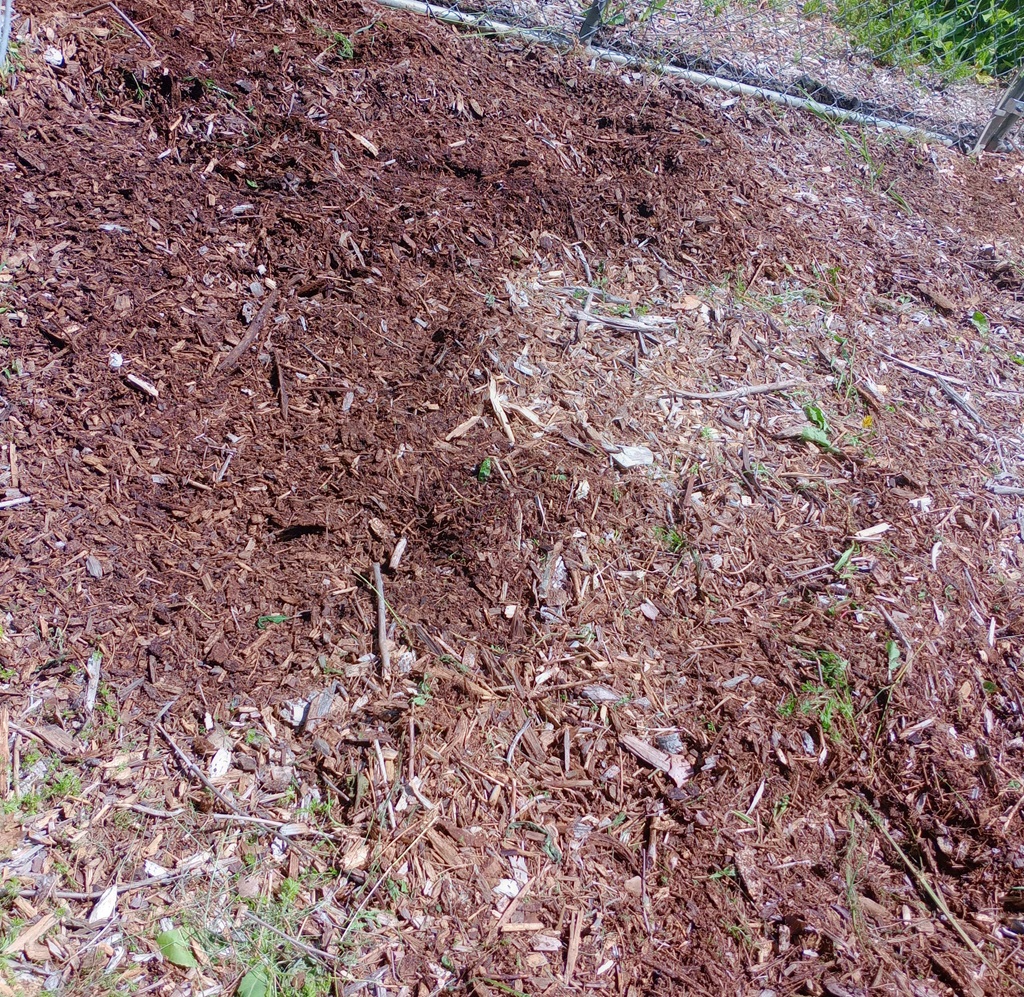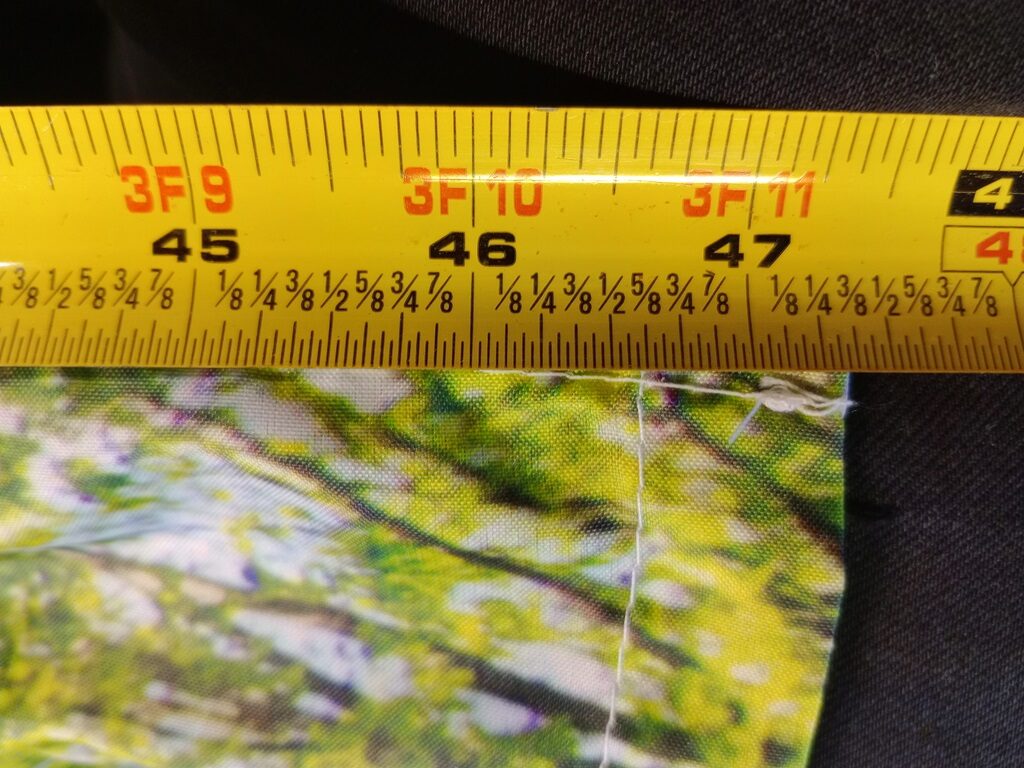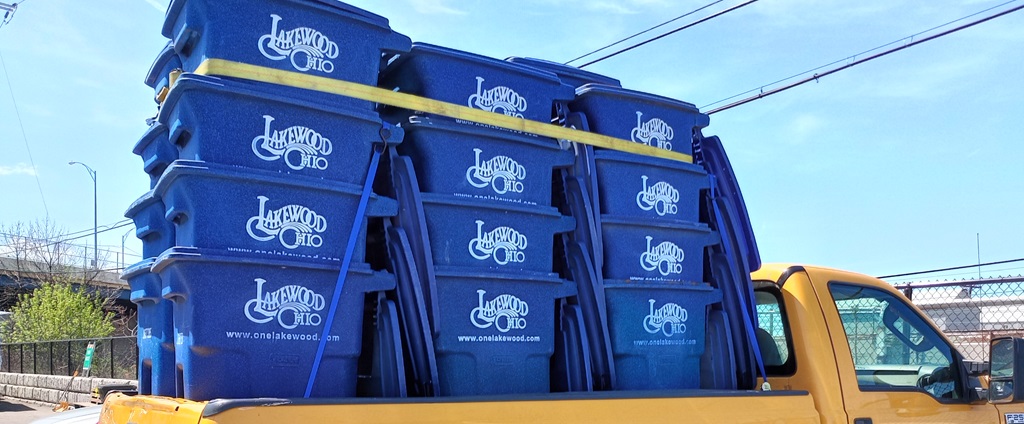These were delicious, although the broccoli made the waffle a little soggy. I might want to roast or saute the broccoli first to get rid of some water
Waffle Mix:
3 cups all purpose flour
1 tbsp baking powder
1 tsp baking soda
3 1/4 cup buttermilk
12 tbsp butter
3 large eggs








